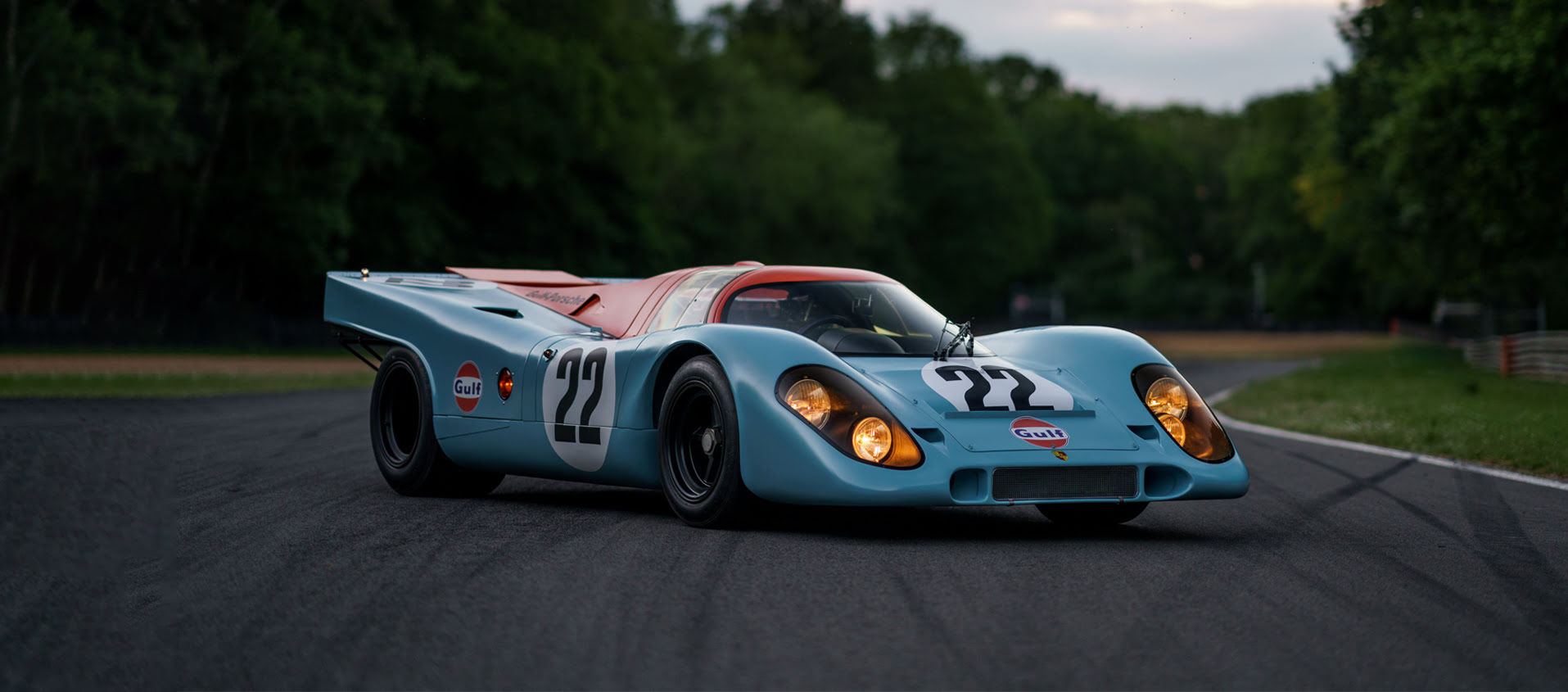RM Monterey. Excellent cake but no icing.
19 August 2021 3 min read 11 images

Three days of auctions with 159 cars offered, forty-two of which were estimated at over one million dollars, for a combined value of over $190,500,000 ($161,929,000) or, if you prefer, an average of $1,198,000 per lot (€1,018, 000) are just some of the numbers with which RM Sotheby's, something I like to call the RM battleship, arrived at Pebble Beach and, despite presenting fewer lots than usual without reserve (39%), managed to sell 88.68% of them. A triumph? Not exactly, but certainly a victory, as in the end, with takings of $144,501,900 - which equates to over € 122 million – RM took home 75.85% of their initial estimate. Undoubtedly less than expected.
Register to unlock this article
Signing up is free and gives you access to hundreds of articles and additional benefits. See what’s included in your free membership. See what's included in your free membership.
Already have an account? Log In